basic pneumatics
Tom,
Thanks for your descriptions of your interesting ideas. I would be happy to see a summary outlining the basic components of your best idea. I would study it and comment on it in detail.
I took a look at the conversation on http://www.scienceforums.net/topic/4...rling-turbine/
The first thing that occurred to me is that you are hungry to know what the math tells us about pneumatics. I am no expert myself despite many years of having that same hunger. After decades of starving for the facts I finally got determined to start at something like the beginning and compiled my own version of a compressed air theory for people who don't understand it and don't have anyone to teach it to them. It's called Compressed Air Power Secrets, 3rd edition (374 pages) by Scott Robertson.
The book goes through the basic formulas relating to air compression and expansion and explains where the formulas come from, what they mean in everyday terms, so you can come to an understanding of how air works. So you can use the math to answer questions. It is kind of a freakish book because I am in no way educated to write it, but that's the whole point. All the textbook writers have the same problem. They understand their topic too well, and they can no longer remember what it was that was once difficult or needed extra explanation. As a beginner I think I captured the essence of ignorance and was able to chase it down pretty well and plug in descriptions where they were needed.
I also work with American units like psi so that will be helpful to you.
I'm pretty sure that Tesla's article "On Increasing Human Energy" was influential in getting a lot of people working on self-fueling pneumatic power plants in the early part of the 20th century, and then in 1930-1931 things changed, and by the end of ww2 the approach of textbooks had been redesigned to support the prerequisite system of education and discourage the do-it-yourself engineer. Because of this I am now studying books like "Calculus Made Easy" and "Calculus without Tears" so I can improve greatly on my book in the 4th edition.
Speaking of the 4th edition, my idea called the equalization engine which is presented in the 3rd edition got disproven by me, using formulas I finally discovered in my own book, but after it had already been finished.
This post is too long, I hope you read the whole thing...
Scott
Pneumatic Options Research Library
Tom,
Thanks for your descriptions of your interesting ideas. I would be happy to see a summary outlining the basic components of your best idea. I would study it and comment on it in detail.
I took a look at the conversation on http://www.scienceforums.net/topic/4...rling-turbine/
The first thing that occurred to me is that you are hungry to know what the math tells us about pneumatics. I am no expert myself despite many years of having that same hunger. After decades of starving for the facts I finally got determined to start at something like the beginning and compiled my own version of a compressed air theory for people who don't understand it and don't have anyone to teach it to them. It's called Compressed Air Power Secrets, 3rd edition (374 pages) by Scott Robertson.
The book goes through the basic formulas relating to air compression and expansion and explains where the formulas come from, what they mean in everyday terms, so you can come to an understanding of how air works. So you can use the math to answer questions. It is kind of a freakish book because I am in no way educated to write it, but that's the whole point. All the textbook writers have the same problem. They understand their topic too well, and they can no longer remember what it was that was once difficult or needed extra explanation. As a beginner I think I captured the essence of ignorance and was able to chase it down pretty well and plug in descriptions where they were needed.
I also work with American units like psi so that will be helpful to you.
I'm pretty sure that Tesla's article "On Increasing Human Energy" was influential in getting a lot of people working on self-fueling pneumatic power plants in the early part of the 20th century, and then in 1930-1931 things changed, and by the end of ww2 the approach of textbooks had been redesigned to support the prerequisite system of education and discourage the do-it-yourself engineer. Because of this I am now studying books like "Calculus Made Easy" and "Calculus without Tears" so I can improve greatly on my book in the 4th edition.
Speaking of the 4th edition, my idea called the equalization engine which is presented in the 3rd edition got disproven by me, using formulas I finally discovered in my own book, but after it had already been finished.
This post is too long, I hope you read the whole thing...
Scott
Pneumatic Options Research Library
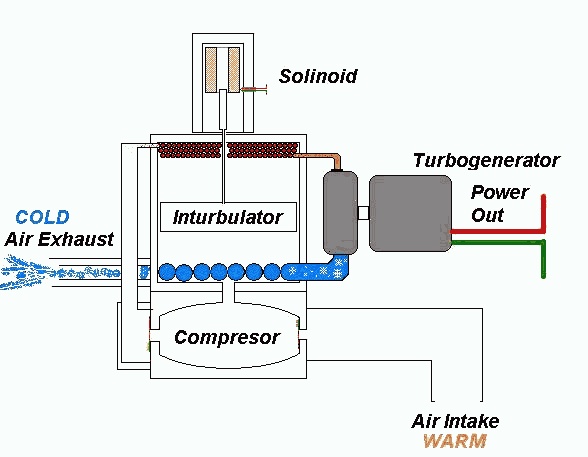
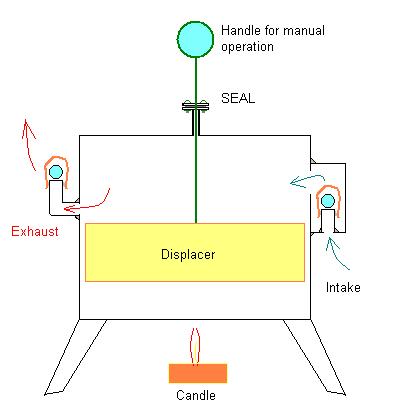
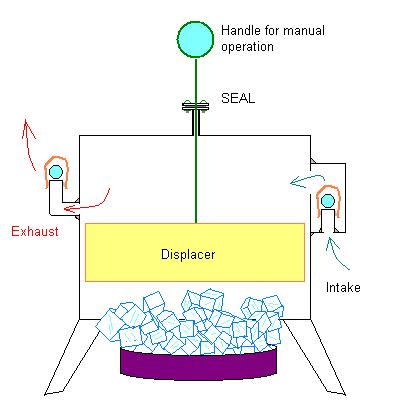


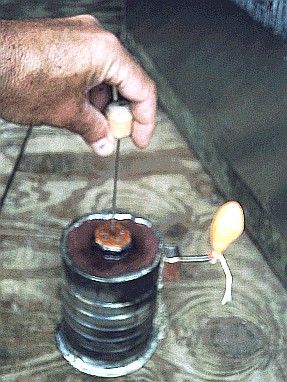
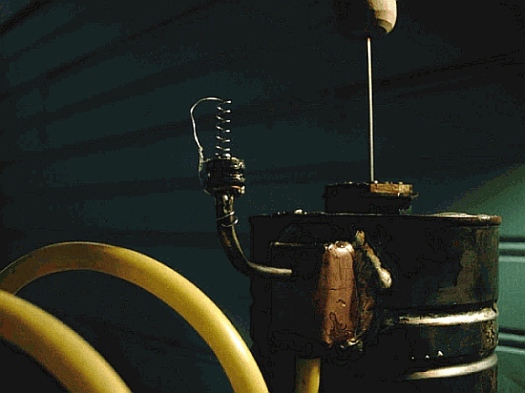
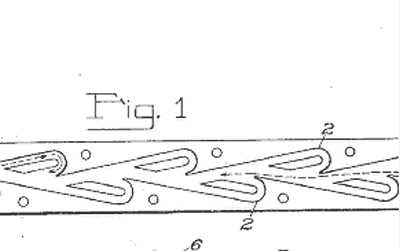
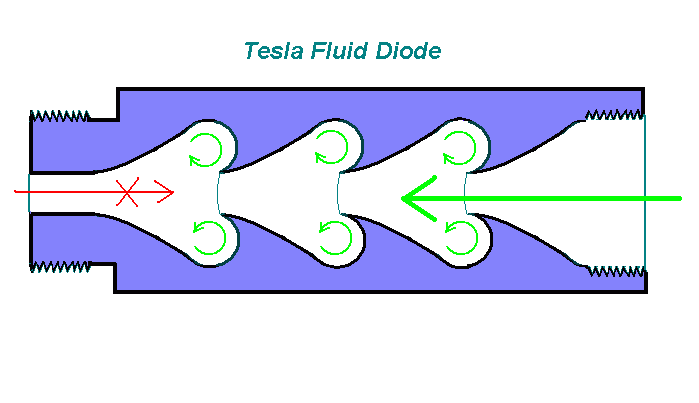
Comment